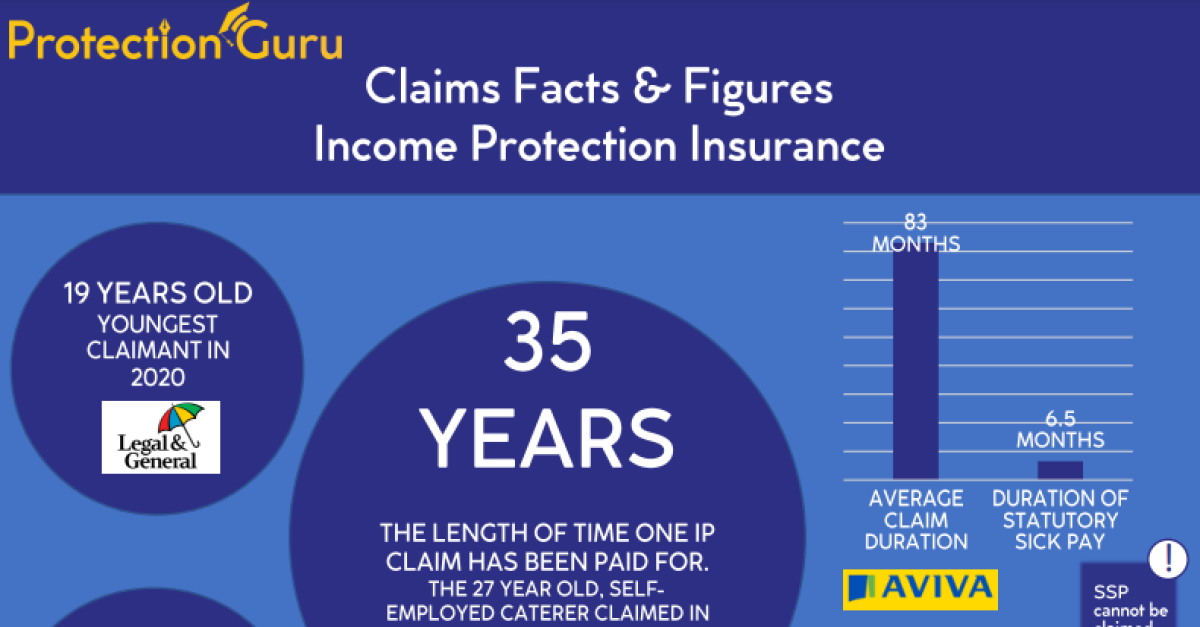
Insuring Couples – Everything you need to know

In reading this and the linked articles you will understand:
- The merits of two single life or joint life plans
- The benefits of menu plans and how providers offer different approaches
- How providers support clients when one partner works, or becomes a carer or if the relationship ends
What are the best options for protecting your married or ‘coupled–up’ clients? Perhaps the immediate thought is a joint life plan but is that necessarily the best option? Your clients may be thinking they only need to insure a sole breadwinner to protect the family against the financial difficulties if the worst were to happen but of course that takes no account of the fact that the loss of the ‘stay at home’ partner who takes care of the children and the household will likely have a massive financial impact on the family. And just because your clients are in a relationship it doesn’t automatically mean that they have the same protection shortfalls. In this week’s everything you need to know we take a detailed look at the options for insuring couples.
Two single life plans or a joint life plan?

Two single life policies or one joint life plan, which is more suitable? The answer as always is that it will depend on the clients’ situation, however most compliance departments will probably agree that two single life plans are usually the better option. But this is not the case in all scenarios, so what should advisers be doing when comparing the options?
What are the benefits of menu plans?

It is certainly true that for most clients their protection needs will not be solved by one product. Mortgage protection will pay off their mortgage in the event of death or critical illness, if included, but how will their family cope without their income? What if the client is ill and unable to work? Could they cope financially without income protection? Menu Plans were created to help solve this problem, as they enable you to mix and match a range of covers and benefits with different sums assured and plan terms to tailor the cover that suits your clients’ needs and budgets. but what are the benefits and drawbacks of using such plans?
What if only one partner works?

Usually when advisers talk of protecting income they naturally gravitate to the income of the bread-winner. It makes sense. But when those families involve children for example it’s often true to say that the breadwinner can only go out to work to bring home the bacon because there is a non-working partner to care for the children and run the home, so it can be just as important to have protection in place for a “non-working” partner who keeps the family and household running.
What if one partner has to care for another?

Sadly, the worst does happen and many people can find themselves becoming the carer for the person they once enjoyed a full life with. The UK has an unpaid army of dedicated carers made up of mums, dads, brothers, sisters, aunties and uncles and friends who take it upon themselves to look after a family member, partner or friend who needs help because of their illness, frailty, disability. Caring for someone can be demanding and make it difficult for carers to take personal time out and juggle their care responsibilities with work, which will have financial implications. In this article we examine the support providers offer to carers on income protection plans. Insurers are increasingly looking for new ways to add value to their plans and this can mean providing wider support than traditionally offered including support for carers.
And what happens if the couple separates?

When a relationship ends it brings a lot of emotional stress, domestic upset and messy financial agreements to resolve. With 42% of marriages ending in divorce and each costing almost £15,000 on average, the cleaner the cut, the better. Clients need to consider any protection plans they have in place when evaluating shared financial assets and especially how the valuable cover they already have can best be kept as this may become even more important as they separate and start new financial lives.
Watch out for future “Everything you need to know” pieces where each week we will cover a different topic and provide you with the information you need to know to discuss the topics with your clients.
Things to reflect on for CPD:
- What are the top 5 things you have learnt from this article?
- How will these help you in forming your provider recommendations for ‘coupled’ clients?
- What other protection provision would be helpful for your ‘coupled’ clients and why?


















